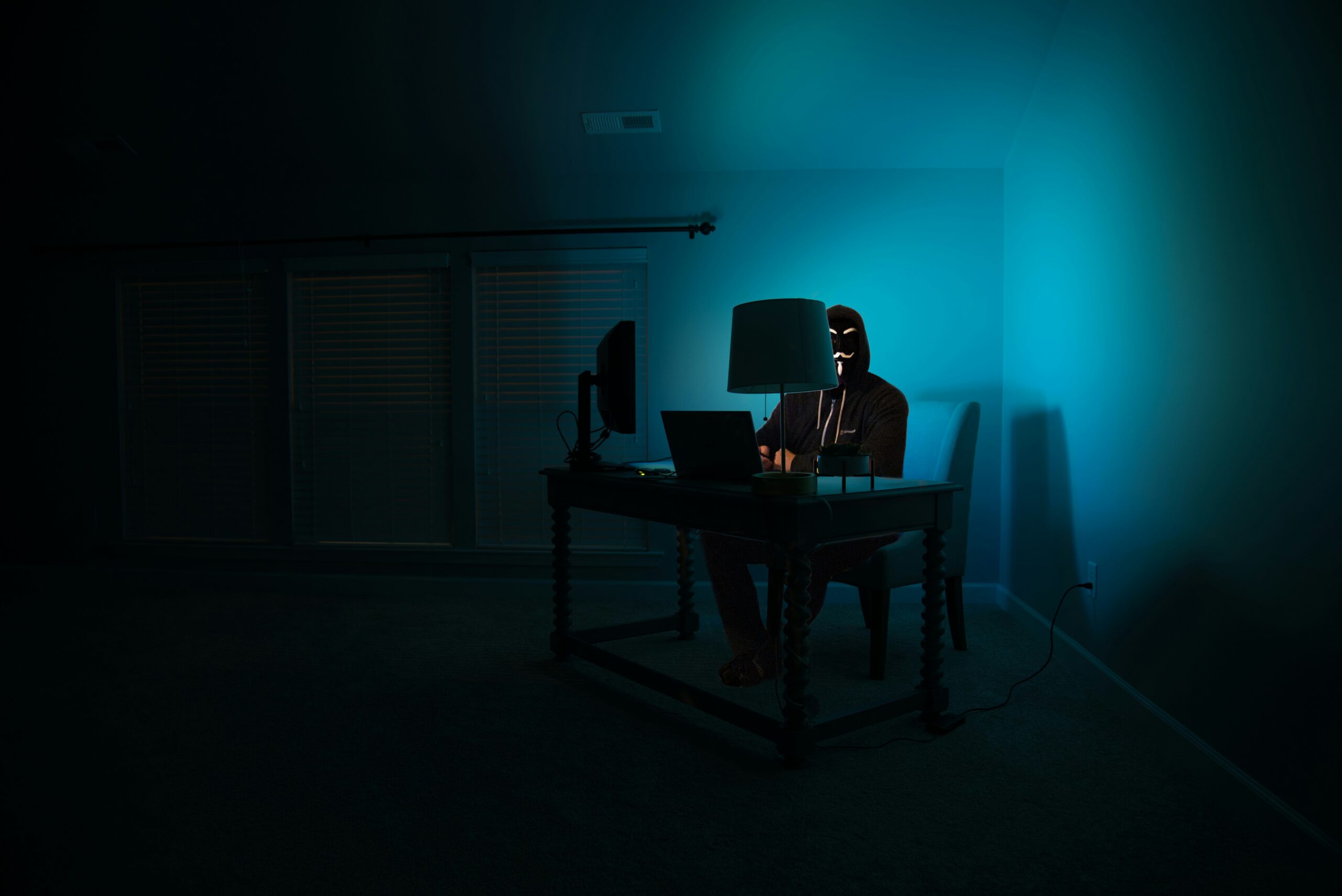
On March 11, 2021, a 443-megabyte JPEG image sold for a record-breaking $69.3 million.1 This sum was not only the highest price paid for a piece of digital artwork ever, but was also the third-highest auction price achieved by any living artist for a piece of artwork in any medium.2 The work, a collage of every image that digital artist Beeple has created since 2007, was “minted” in February as a non-fungible token, or “NFT.”3
Like the name suggests, one of the main features of NFTs is that they are non-fungible, meaning that they are individually unique. In comparison, cryptocurrencies such as Bitcoin and Ethereum—or real paper dollars for that matter—are fully interchangeable or “fungible.”4 The concept of a digital image being verifiably unique may sound surprising, since anyone with even barebones knowledge of computers knows how to copy and paste a digital file. However, by using blockchain technology,5 purchasers are given proof of the asset’s authenticity and their sole ownership of the NFT.6 Other key characteristics of NFTs include indivisibility (unlike Bitcoin, NFTs cannot be divided into smaller denominations) and indestructibility (because NFT data is stored on the decentralized blockchain, each token cannot be destroyed, removed, or replicated).7 NFTs can represent almost any form of real or intangible property—artwork, music, videos, collectibles, trading cards, virtual items in video games, and even real estate.8 NFTs are to the above-mentioned property what deeds are to real property—a record of ownership. However, unlike deeds, owning an NFT does not mean that you own the asset that the NFT represents. Confusing? You’re not alone.
When someone purchases an NFT, they gain the right to claim ownership and the right to exclude others from claiming ownership of the token.9 Beyond that, the uses that they can make of the NFT depend on the terms governing it, which in turn depends on the seller of the NFT and the marketplace from which it was purchased.10 For example, NBA Top Shot—an NFT marketplace for digital NBA collectibles called “moments”—grants purchasers of their NFTs a “worldwide, non-exclusive, non-transferable, royalty-free license to use, copy, and display the [moments]” for “personal, non-commercial use,” “as part of a marketplace,” or “as part of a third party website or application that permits the inclusion” of the moment.11 As the Terms of Use make clear, purchasing a “moment” does not confer copyright ownership of the underlying art, which means that the NFT owner cannot reproduce or distribute the underlying work without the copyright holder’s permission.12
Who holds the copyright in an NFT? That would be the author of the underlying work.13 When a person creates a work, that individual is the author, and holds the copyright in the work unless they transfer ownership of the copyright to someone else.14 Generally, NFT purchases do not include a transfer of copyright ownership of the underlying work, so the author of the work retains the majority of the “bundle of rights” afforded to them by 17 U.S.C. § 106.15 Of course, this applies to physical works of art and music—the author produces the work, holds copyright in that work, and makes copies of the work to sell. When someone purchases a copy of the work, they do not acquire the copyright unless there is a separate transfer of rights. In the realm of physical art, sometimes the author will create a limited number of copies to create scarcity and increase the value of the work. Prior to NFTs, there were no viable means to create this artificial scarcity for digital works—once a person created the digital work and posted it online, it was incredibly easy and inexpensive, financially and timewise, for others to copy it.
That being said, one obvious issue arises from the potential for individuals to make and sell NFTs based on intellectual property that they do not own.16 Copyright infringement of digital art is not a new phenomenon—for as long as artists and musicians have posted their work online, others have copied the work and have tried to profit from it.17 Authors could individually police the infringement of their art, but because it was so easy to make an exact copy of the image or file, in many cases it was not worth the effort. However, because there is real money at stake with the sale of NFTs, copyright holders are justifiably concerned with their digital art being tokenized without their permission.
Anyone can mint a digital file—including JPEGs, GIFs, and even tweets18—into a token, so long as they have the file’s URL or metadata.19 To counteract this problem, some NFT auction sites have created policies, pursuant to the Digital Millennium Copyright Act (“DMCA”),20 to respond to claims of copyright infringement.21 Of course, some individuals who mint NFTs based on intellectual property to which they do not hold the rights might view the potential financial reward as outweighing the chances they get caught. The various marketplaces have some incentive to track and uncover copyright infringement on their sites; their reputation could be damaged, and verified artists and creatives could shy away from offering tokens if they suspect that the site doesn’t adequately protect their rights. However, because of the sheer quantity of NFTs being offered at one time, it is unlikely that marketplaces have the resources to verify that each token is actually being sold by the copyright holder.22 Instead, much of the impetus falls on the copyright holders themselves to find infringers and file take-downs.
One other copyright implication for NFTs involves the first sale doctrine.23 Under the first sale doctrine, an individual who knowingly purchases a copy of a copyrighted work from the copyright holder maintains the right to sell, display, or otherwise dispose of their particular copy.24 For example, if you purchased an original oil painting and wish to sell it to another person, you do not need to obtain the permission of the artist before doing so.25 This doctrine works because physical copies of works are non-fungible—two copies of the same oil painting will inevitably have minor variations in color, quality, and other features.26 In comparison, digital works are made of lines of code, and theoretically could be reproduced exactly.27 Most computer software is distributed through the use of licensing agreements, meaning that the creator of the software—the copyright holder—remains the “owner” of all distributed copies, and purchasers are prohibited from selling their copy to another person.28 It is still unclear whether the first sale doctrine would apply to NFTs,29 but one could argue that because each NFT is, by reference to the blockchain, a unique copy, the first sale doctrine should apply, and purchasers should be able to resell their NFTs without permission. Unless the terms of the marketplace say otherwise, and until the Copyright Office or the courts intervene, purchasers of NFTs should understand that the rights they hold in the NFTs they purchase is limited.
Matt Goldman is a Second Year Law Student at the Benjamin N. Cardozo School of Law and an incoming Senior Articles Editor for the Cardozo Arts & Entertainment Law Journal. Matt is interested in intellectual property law and litigation. Matt is also currently taking part in Cardozo’s Alexander Fellows Program, through which he is serving as a full-time junior clerk for Judge Patty Shwartz on the United States Court of Appeals for the Third Circuit. You can find Matt on LinkedIn at https://www.linkedin.com/in/mattgoldman96/.
- Scott Reyburn, JPG File Sells for $69 Million, as ‘NFT Mania’ Gathers Pace, N.Y. Times (Mar. 11, 2021), https://www.nytimes.com/2021/03/11/arts/design/nft-auction-christies-beeple.html.
- Josie Thaddeus-Johns, What Are NFTs, Anyway? One Just Sold for $69 Million, N.Y. Times (Mar. 11, 2021), https://www.nytimes.com/2021/03/11/arts/design/what-is-an-nft.html.
- Reyburn, supra note 1.
- David Lizerbram, NFTs & Copyright Law, Keep It Legal Blog (Mar. 11, 2021), https://lizerbramlaw.com/2021/03/11/nfts-copyright-law/.
- For a detailed explanation of how blockchain technology works, see Thomas N. Doty, Blockchain Will Reshape Representation of Creative Talent, 88 UMKC L. Rev. 351 (2019).
- See Thaddeus-Johns, supra note 2; Jeremy Goldman, A Primer on NFTs and Intellectual Property, Lexology (Mar. 11, 2021), https://www.lexology.com/library/detail.aspx?g=d96ed012-8789-4e87-bc1d-70ba76569c0f.
- Ollie Leech, What Are NFTs and How Do They Work?, CoinDesk (Feb. 1, 2021), https://www.coindesk.com/what-are-nfts.
- Moish E. Peltz, IP and Non-Fungibility: The Intersection of Intellectual Property and NFTs, Falcon Rappaport & Berkman PLLC (Mar. 15, 2021), https://frblaw.com/2021/03/15/intellectual-property-and-nfts/.
- Goldman, supra note 6.
- Id.
- Terms of Use, NBA Top Shot (last updated Mar. 10, 2021), https://nbatopshot.com/terms.
- See Jonathan Bailey, NFTs and Copyright, Plagiarism Today (Mar. 16, 2021), https://www.plagiarismtoday.com/2021/03/16/nfts-and-copyright/.
- See 17 U.S.C. § 201(a).
- See id. § 201(d).
- See id. § 106; Goldman, supra note 6.
- See Bijan Stephen, NFT Mania is Here, and So Are the Scammers, The Verge (Mar. 20, 2021, 10:00 AM), https://www.theverge.com/2021/3/20/22334527/nft-scams-artists-opensea-rarible-marble-cards-fraud-art; James Purtill, Artists Report Discovering Their Work is Being Stolen and Sold as NFTs, ABC Science (Mar. 15, 2021, 3:00 PM), https://www.abc.net.au/news/science/2021-03-16/nfts-artists-report-their-work-is-being-stolen-and-sold/13249408.
- Nikhilesh De, People Keep Tokenizing Other Users’ Art. Here’s How Artists Can Protect Their Work, CoinDesk (Mar. 11, 2021, 1:23 PM), https://www.coindesk.com/stop-tokenizing-art-you-dont-own.
- See Alexis Benveniste, The First-Ever Tweet Sold as an NFT for $2.9 Million, CNN Business (Mar. 23, 2021), https://www.cnn.com/2021/03/23/tech/jack-dorsey-nft-tweet-sold/index.html.
- See Purtill, supra note 16.
- Pub. L. No. 105-304, 112 Stat. 2860 (1998).
- Cf. SuperRare Terms of Service, SuperRare (last updated Feb. 15, 2021), https://www.notion.so/SuperRare-Terms-of-Service-075a82773af34aab99dde323f5aa044e.
- OpenSea and Rarible, two major NFT platforms, do not even require proof of copyright ownership prior to minting. See Stephen, supra note 16.
- See 17 U.S.C. § 109.
- Id. § 109(a) & (c).
- See Katya Fisher, Once Upon a Time in NFT: Blockchain, Copyright and the Right of First Sale Doctrine, 37 Cardozo Arts & Ent. L. J. 629, 631 (2019).
- See Lance Koonce & Sean M. Sullivan, What You Don’t Know About NFTs Could Hurt You: Non-Fungible Tokens and the Truth About Digital Asset Ownership, Davis Wright Tremaine LLP (Mar. 24, 2021), https://www.dwt.com/insights/2021/03/what-are-non-fungible-tokens.
- Id.
- Copyright Infringement – First Sale Doctrine, U.S. Dep’t of Just. Archives (last updated Jan. 17, 2020), https://www.justice.gov/archives/jm/criminal-resource-manual-1854-copyright-infringement-first-sale-doctrine; see also Sarah Reis, Toward a “Digital Transfer Doctrine”? The First Sale Doctrine in the Digital Era, 109 Nw. U. L. Rev. 173, 182 (2015).
- De, supra note 17.



